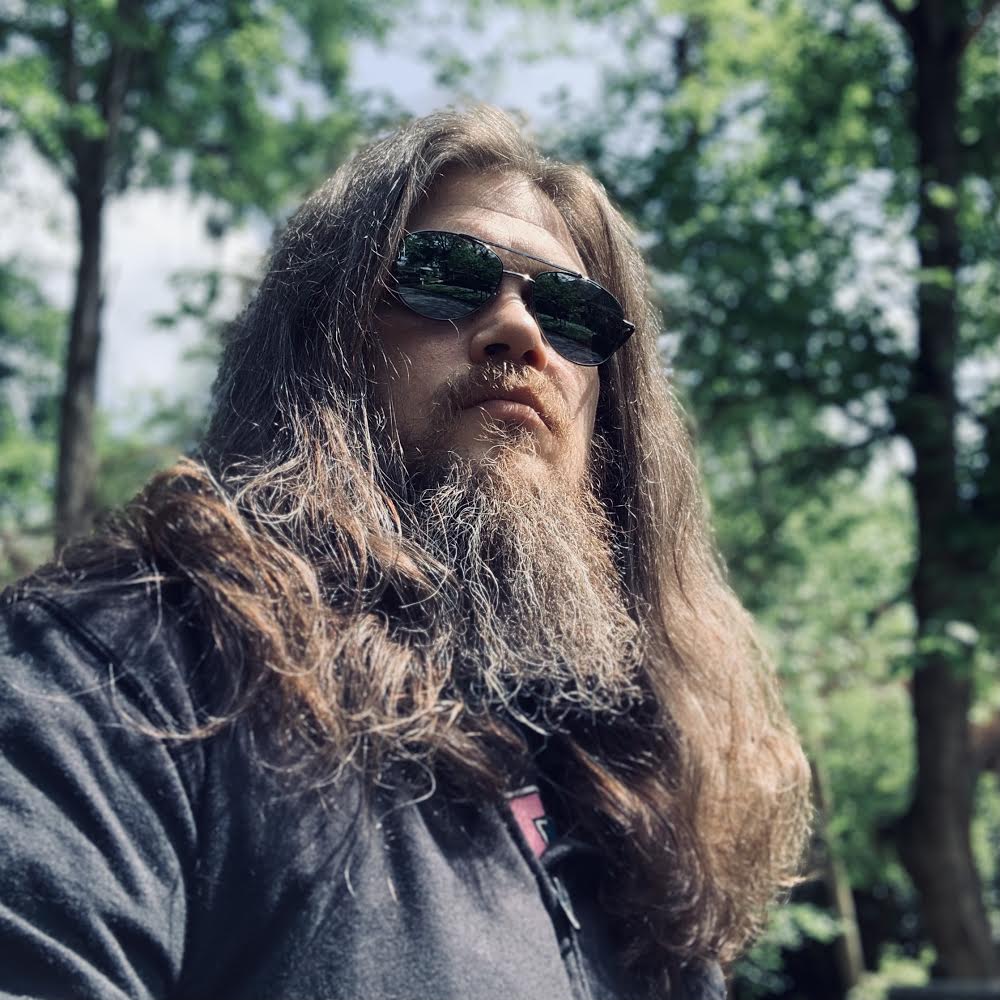Marvel Comics is setting up 2022 as another year of mash-ups
Doctor Octopus' Superior Four is Marvel's latest spin on mashing up its iconic characters

Starting in early 2022, the Marvel Universe will be under the 'Devil's Reign,' a crossover event in which Kingpin takes over Manhattan, and sets about trying to eliminate all the city's vigilante's by enlisting his own army of villains.
One of those villains, Doctor Octopus, will form his own team known as the Superior Four, composed of his own Variants from around the Multiverse - each of whom is mashed-up with another Marvel hero.
This means that three members of the Superior Four are amalgamations of Doctor Octopus along with Ghost Rider, Hulk, and Wolverine, respectively - echoing the line-up of the 'New Fantastic Four' of Ghost Rider, Wolverine, Hulk, and Spider-Man, with the original Doc Ock taking Spider-Man's place in the line-up.
But that's just the latest in a long (long, long) line of Marvel mash-ups and shifts to status quos of popular heroes, with even more similar concepts - like Elektra becoming the main Daredevil, and several heroes getting altered by the Darkhold - already waiting in the wings for upcoming stories.
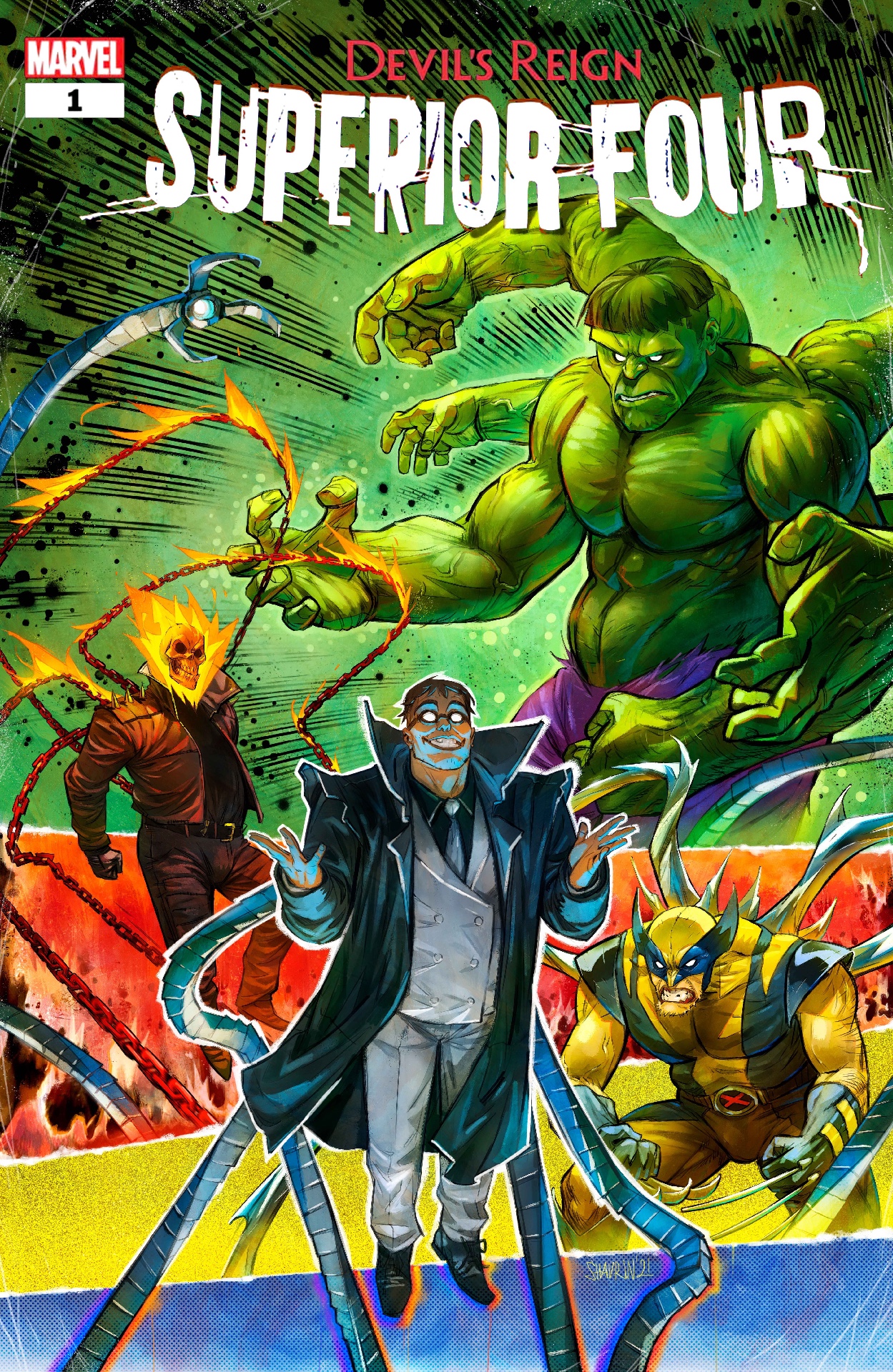
Marvel's philosophy of altering its characters in seemingly fundamental ways, down to their very identities, only to use that change as fuel to eventually bring back the original status quo, often with a fresh coat of paint, is alive and well.
Over the years, Marvel's heroes have been replaced with amalgams, mash-ups, and alt-identities for an indeterminate amount of time - some of whom have even grown into characters of their own when the originals returned
Case in point: Miles Morales, Peter Parker's replacement in the now-defunct Ultimate Universe (itself an entire illusion of change publishing imprint) is celebrating his 10th anniversary, and in a few months will face off with Ben Reilly, the 616 Marvel Universe's Peter Parker replacement, who made his own return in October.
Comic deals, prizes and latest news
Get the best comic news, insights, opinions, analysis and more!
Whew!
And that's not even mentioning the death-resurrection cycle that's currently fueling the X-Men titles or the Doctor Strange murder mystery that will result in a new Sorcerer Supreme that could wind up being ... wait for it ... Doctor Strange.
Yup, this is all of it part-and-parcel for the House of Ideas for a long time and increasingly so in the last few months and weeks.
Which makes it as good a time as any to look back on its history.
The Illusion of Change
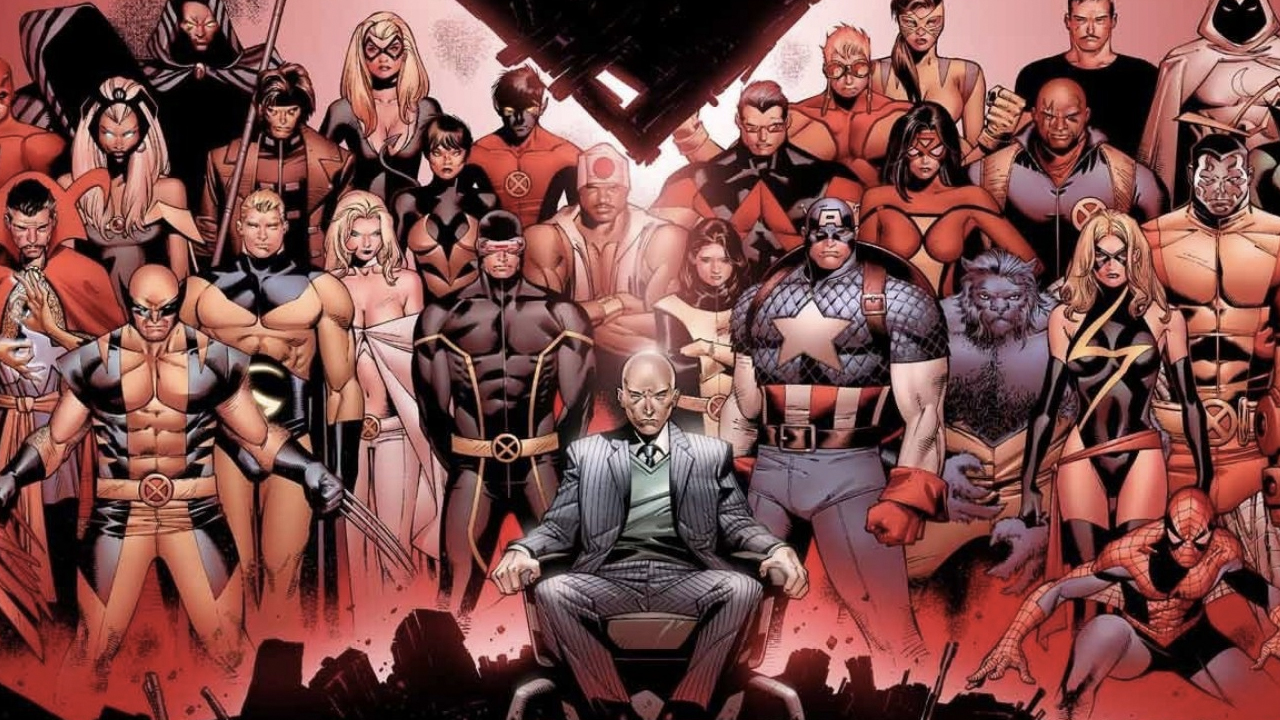
Once upon a time, the father of Marvel Comics Stan Lee coined the phrase "the illusion of change" in regards to superheroes – the idea being that an ongoing superhero story should give readers the idea that the hero's life is changing and evolving, even though the core concept remains the same, and on some level, the status quo always resets to its home position (more or less).
The concept isn't new in any way. DC in particular often published wacky 'imaginary' stories (particularly starring Superman in crazy variations of his costume and powers) during the Silver Age.
But one of the first applications of the concept in a tonally-earnest, multiple-issue sense was the classic Uncanny X-Men's 1980 'Days of Future Past' story, which showed a glimpse of a dark possible future for mutant-kind.
Since then the concept of briefly diverting away from the mainstream version of familiar heroes for a glimpse of another world with alternate, sometimes staggeringly different versions of the characters we all know has only grown in popularity.
DC picked up the baton in a big way in the early '90s with the advent of its Elseworlds imprint, a whole line of comics based around earnest alt-reality versions of Batman, Superman, and others, resulting in stories like Gotham By Gaslight, Superman: Red Son, and Kingdom Come (itself reaching its 25th anniversary in 2021). The name ‘Elseworlds’ has come back in the DC Universe as part of its cosmology following the multiversal event Dark Nights: Death Metal, which itself was largely powered by alt/'dark'-takes on DC's most popular character Batman.
But the X-Men, once again, is the franchise that truly innovated the concept with 1995's 'Age of Apocalypse' event, an extended story that took over the entire X-Men line, in which readers were transported to an alternate timeline where Charles Xavier died before forming the X-Men and Apocalypse conquered the world.
A smash hit, 'Age of Apocalypse' took readers away from the mainstream X-Men they knew and loved to a much darker, more violent world – and the result was that fans not only got the satisfaction of the return of the classic versions of the X-Men, but they also got to pine for the return of the 'AoA' versions they liked best.
(A few of them jumped to the mainstream Marvel Universe when the core X-Men returned, and others have crossed over later – a trend that will continue when alt-reality ideas hit it big – see the '00s version of this concept in Wolverine's Old Man Logan, which has spawned an entire spin-off universe Wastlanders that, you guessed it, will return in December).
The mid-'90s hit a wave of such replacements, from Spider-Man's 'Clone Saga' which replaced Peter Parker as the wall-crawler for a time (which Marvel is currently reviving with Peter Parker's protege Miles Morales) to the Superman 'Red/Blue' saga in which the Man of Steel was split into two beings that did not resemble the classic Superman in design or powers, again turning Superman's return to form into a fanfare event when the 'Red/Blue' arc was resolved.
Superman, of course, also pioneered the tactic of killing a hero off and replacing them, only to have them come back sometime later – a tactic first used to great effect by the X-Men (there they are again) in the 'Dark Phoenix Saga.'
The crest of that arc of the "illusion of change" culminated in the original 1996 'Heroes Reborn,' in which the Avengers and Fantastic Four were shunted into an alternate reality with totally different backstories and relationships.
[We did a deep dive on the classic Heroes Reborn right here.]
1995-96 also marked the Marvel vs. DC crossover, which spawned its own "illusion of change" variant – the Amalgam mash-up characters. Originally envisioned as a whole line of Amalgam Comics which combined Marvel and DC heroes into new creations (Batman and Wolverine became Darkclaw, Superman and Captain America became Super Soldier – we're barely scratching the surface), in the years since Marvel and DC stopped collaborating, Marvel Comics has taken the concept and run with it, more on that in a moment.
Then there's of course House of M, a 2006 event which turned the Marvel Universe into a mutant utopia through the magic of the Scarlet Witch, and which was referenced in Disney Plus' WandaVision streaming show.
Most recently, Marvel made this move in a big way with 2015-16's Secret Wars, which revived the title of the very first Marvel event comic in a story that destroyed, rebuilt, and redefined the Marvel Universe while also streamlining and rewriting parts of the publisher's history – a way of 'rebooting' their universe without actually pulling the trigger.
And since Secret Wars, Marvel has made an even bigger pattern of the "illusion of change."
Mash 'Em Up
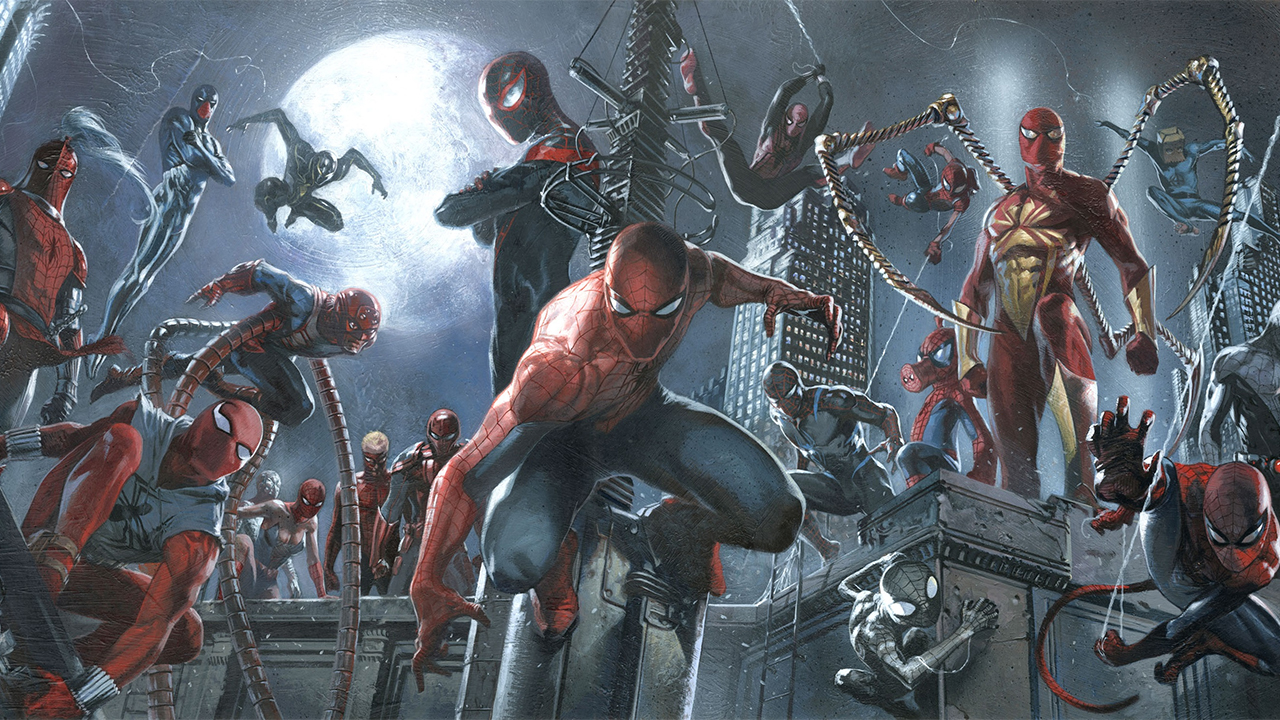
For the last few years, Marvel Comics has made an art form of taking their classic characters, and plain old mashing them up with other characters people love (or don't), sometimes innovating brand new fan-favorites along the way.
In recent memory, Marvel has mashed up everyone from Deadpool and Venom (putting the Merc with a Mouth in a symbiote suit for multiple stories) to Deadpool and Howard the Duck (Deadpool the Duck was real and that's all we really need to get into), to Howard the Duck and Juggernaut (in an alt-reality Guardians of the Galaxy story), and of course Deadpool and Gwen Stacy (for a variant cover design which took on a life of its own as Gwenpool, a character who actually is not a mash-up of Deadpool and Gwen Stacy).
And speaking of Gwen Stacy, she may be the uncrowned queen of the Marvel mash-up, with the alt-reality Spider-Gwen, who debuted in the Multiverse event 'Spider-Verse' as the hero of a world where Peter Parker died and Gwen survived, becoming one of Marvel's biggest multimedia breakout stars in years, now under the codename Ghost-Spider.
'Spider-Verse' of course formed the basis for the animated film Spider-Man: Into the Spider-Verse, which adapted the story of Miles Morales, the aforementioned Ultimate Universe Spider-Man who took on the mantle after the Peter Parker of his world died, eventually coming to the mainstream Marvel Universe (He's got that 'Clone Saga' we mentioned going on, just more proof of the cyclical nature of these concepts.)
'Spider-Verse,' the comic book event, featured a whole army of alternate-reality Spider-Men – but, ironically, not the core Peter Parker, who was at the time himself replaced as Spider-Man in the mainstream Marvel Universe by the Superior Spider-Man, a mash-up of Spidey and his arch-enemy Doctor Octopus who inserted his consciousness into Peter's body.
Spider-Man isn't the only character whose franchise has once again become dominated by the narrative of alt-versions and mash-ups of his classic self (though Marvel's recent Spider-Man: Spider's Shadow kept the wallcrawler busy in an alt-reality where he never gave up the Venom symbiote).
The X-Men, ever the guinea pigs for the "illusion of change," have been mashed-up and moved around as much as any Marvel properties since the end of Secret Wars.
There's Weapon H, a genetically engineered mash-up of Hulk and Wolverine with all the powers of both (and, uh, very little of the staying power of either), and then there was that couple of years where the classic Wolverine was dead and 'illusion of change' superstar Old Man Logan took his place on the X-Men alongside Laura Kinney/X-23, who took up the actual mantle of Wolverine.
And of course, the X-Men revisited the 'Age of Apocalypse' concept through 'Age of X-Man' in which NateGrey/X-Man, a holdover from the 'Age of Apocalypse' reality, made his own world that supplanted the X-Men line for a few months before the House of X/Powers of X revamp – which has itself incorporated a concept where mutants who died while the team was fighting in the multiversal Otherworld have been resurrected with new personalities.
And lest you think the recent Heroes Reborn is the first time Marvel's made a meal of the mash-up idea for a recent event, remember the Infinity Warps, a whole universe of mashed-up Marvel heroes where characters like Steve Rogers and Steven Strange combined to become Soldier Supreme, Peter Parker and Marc Spector became AracKnight, Black Panther and Ghost Rider became Ghost Panther and many more.
The Infinity Warps debuted in 2018's Infinity Wars event in which the Infinity Stones fell into the hands of random, sometimes disastrous people. Created through the reality-altering power of the Stones, the Infinity Warps were instrumental in eventually destroying the stones at the end of the story, despite it meaning the end of their own world which was housed in the Soul Stone.
Don't worry, Marvel left a back door open for them to return, so you might get to see Weapon Hex (X-23/Scarlet Witch) again someday.
Though some may like to forget the still controversial story, there's also Secret Empire, in which Steve Rogers was replaced with a duplicate whose history was totally rewritten so he had always been a villainous agent of Hydra, operating as a double agent in a temporarily successful plan to conquer the Earth. And that’s saying nothing of all the times Steve has been replaced by Bucky Barnes, Sam Wilson, and others, only to have Steve Rogers returned to the role at a key dramatic moment.
And we just mentioned Heroes Reborn, a new recent iteration of that event with a mash-up twist, combining classic Marvel characters into new concepts in a world based on the premise that the Avengers never formed – very similar to the classic X-Men story 'Age of Apocalypse' that we mentioned.
All of this to illustrate not just how prevalent the idea of remixing and combining characters has become in Marvel Comics, but how much that premise has gone beyond the comic book page to become one of the defining traits of Marvel's multimedia presence, including the increasingly Multiverse-focused MCU, which may even feature multiple live-action versions of Spider-Man in upcoming films.
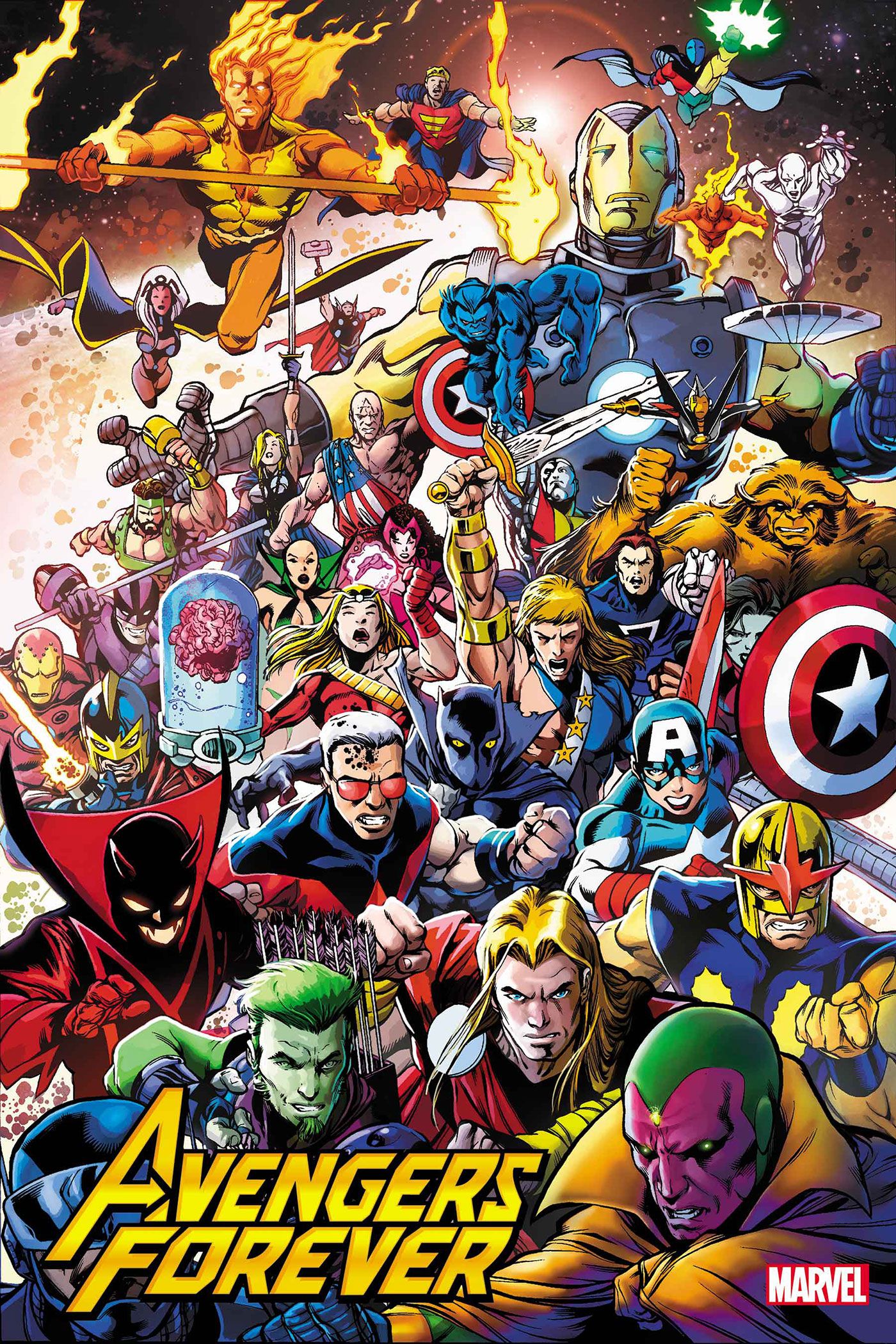
Phase 4 of the MCU is increasingly revolving around the Multiverse. The aforementioned WandaVision has already started the fireworks by pulling in story elements of reality-altering events like House of M and dovetailed right to the alt-timeline exploring Loki which leads into 2022's reality-bending Doctor Strange in the Multiverse of Madness.
The in-continuity animated Disney Plus series What If...? introduced Multiversal Avengers, which seems like a coordinated effort with the new December-debuting Marvel Comic series Avengers Forever, a title dedicated to alternate spins on familiar characters.
In other words, don't expect Marvel to stop drawing from the illusion of change well any time soon.
In fact, It looks like they're just getting started...
Speaking of Marvel Comics and change, Newsarama looks at these ten Marvel events that changed everything.
I've been Newsarama's resident Marvel Comics expert and general comic book historian since 2011. I've also been the on-site reporter at most major comic conventions such as Comic-Con International: San Diego, New York Comic Con, and C2E2. Outside of comic journalism, I am the artist of many weird pictures, and the guitarist of many heavy riffs. (They/Them)
